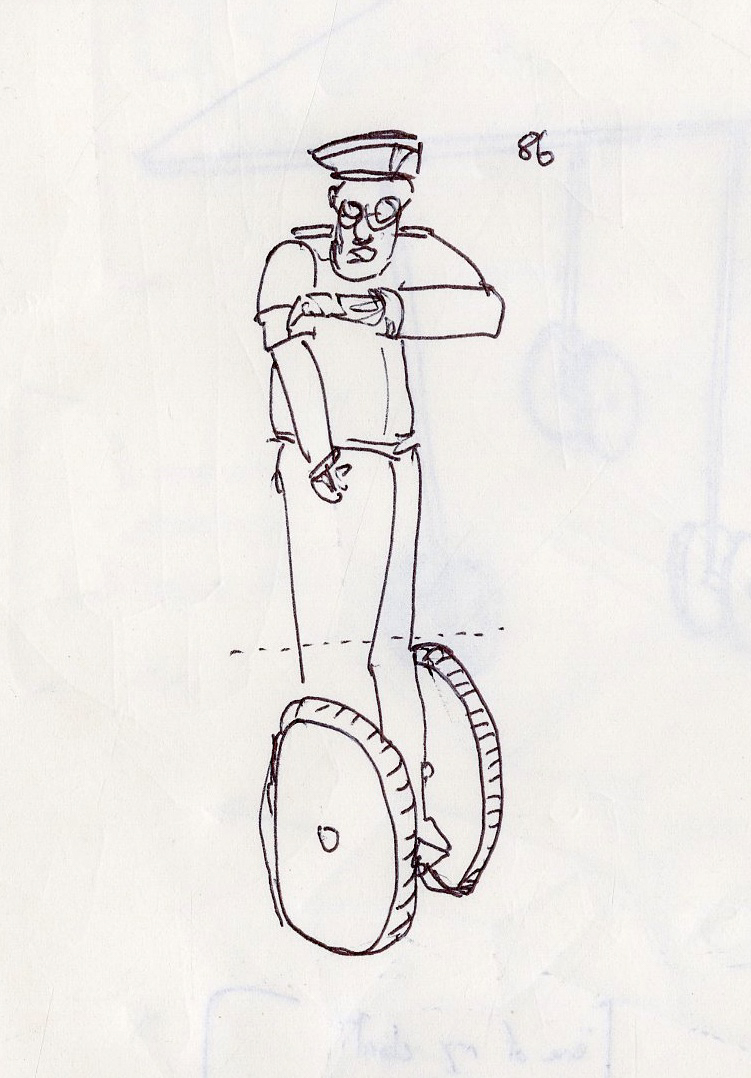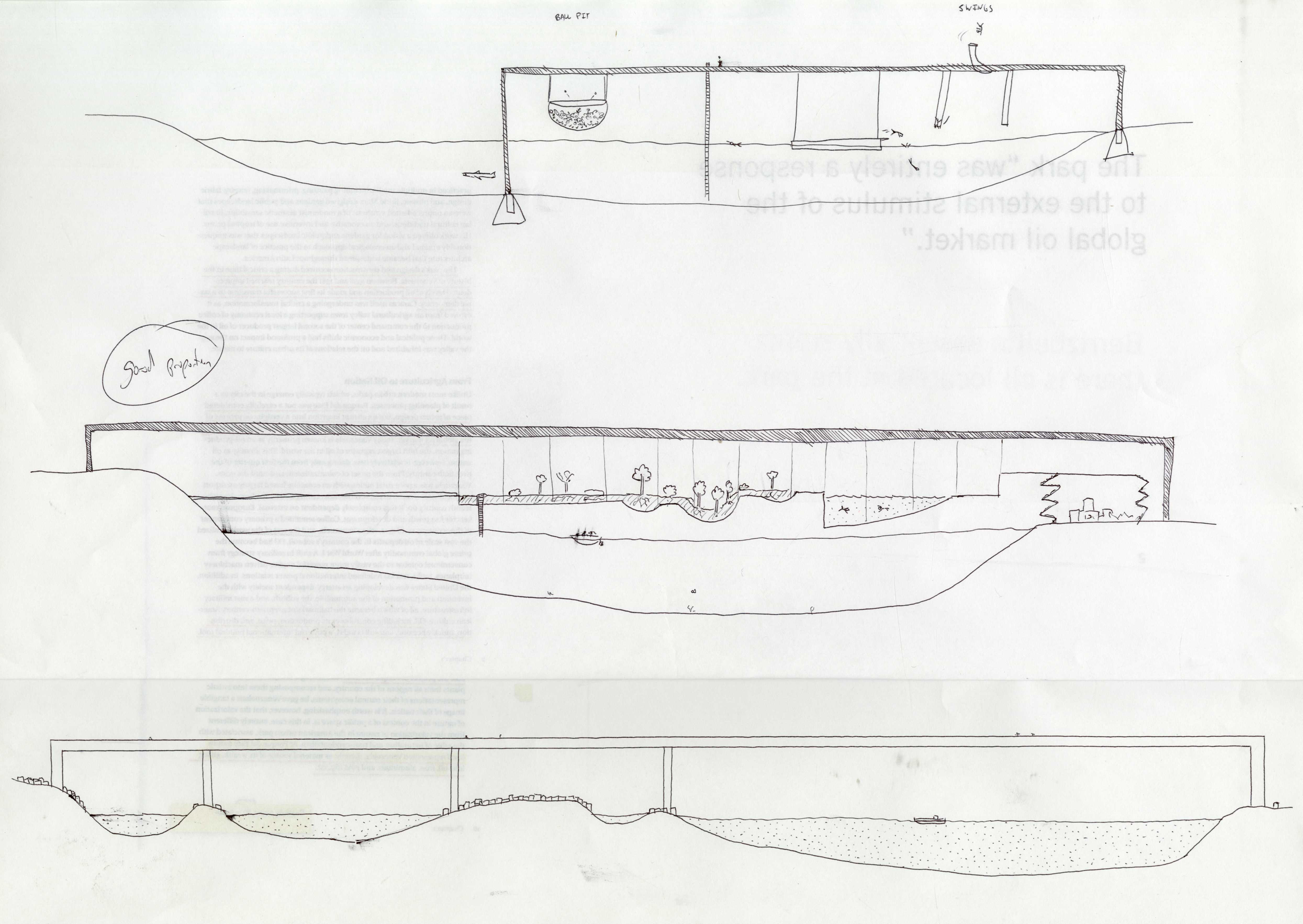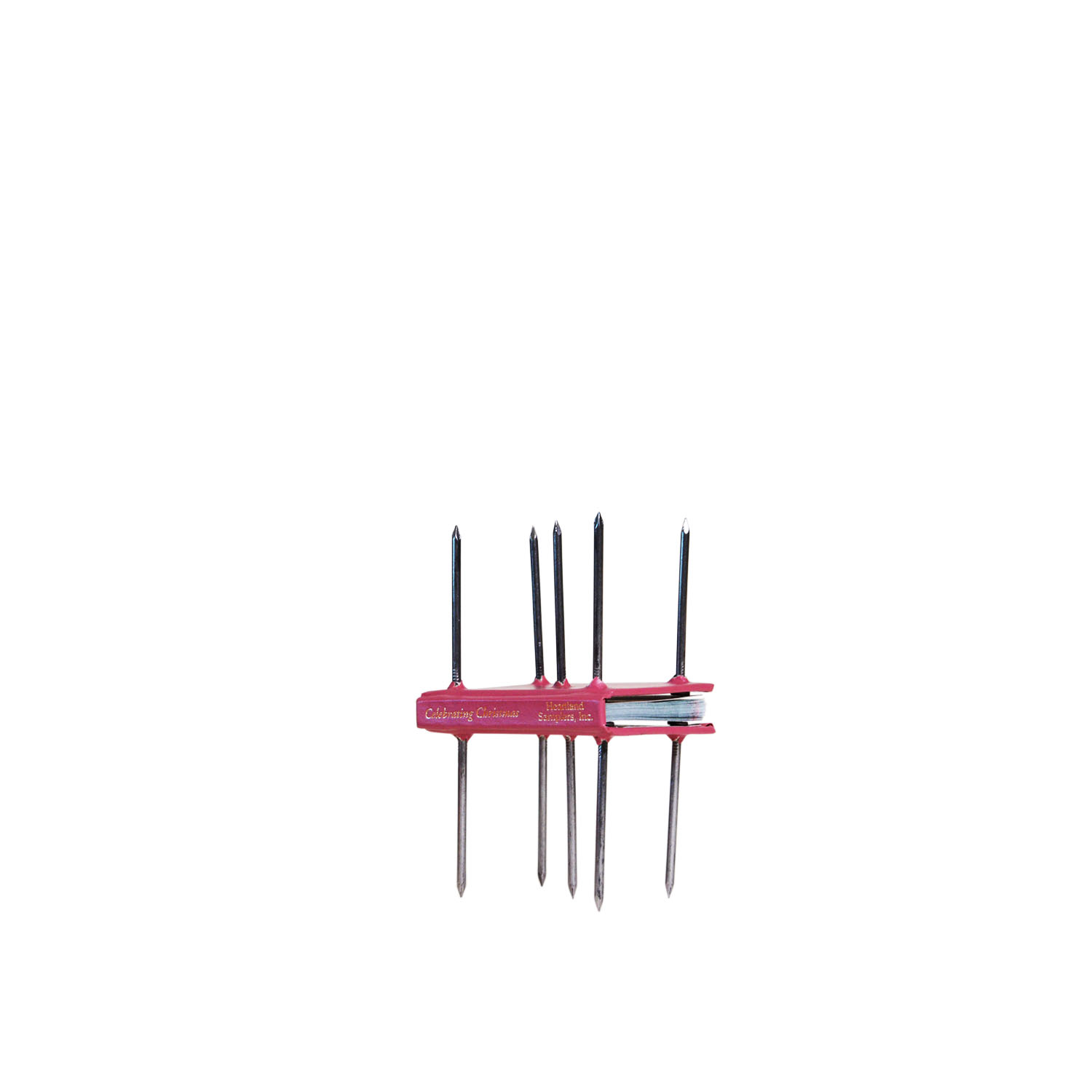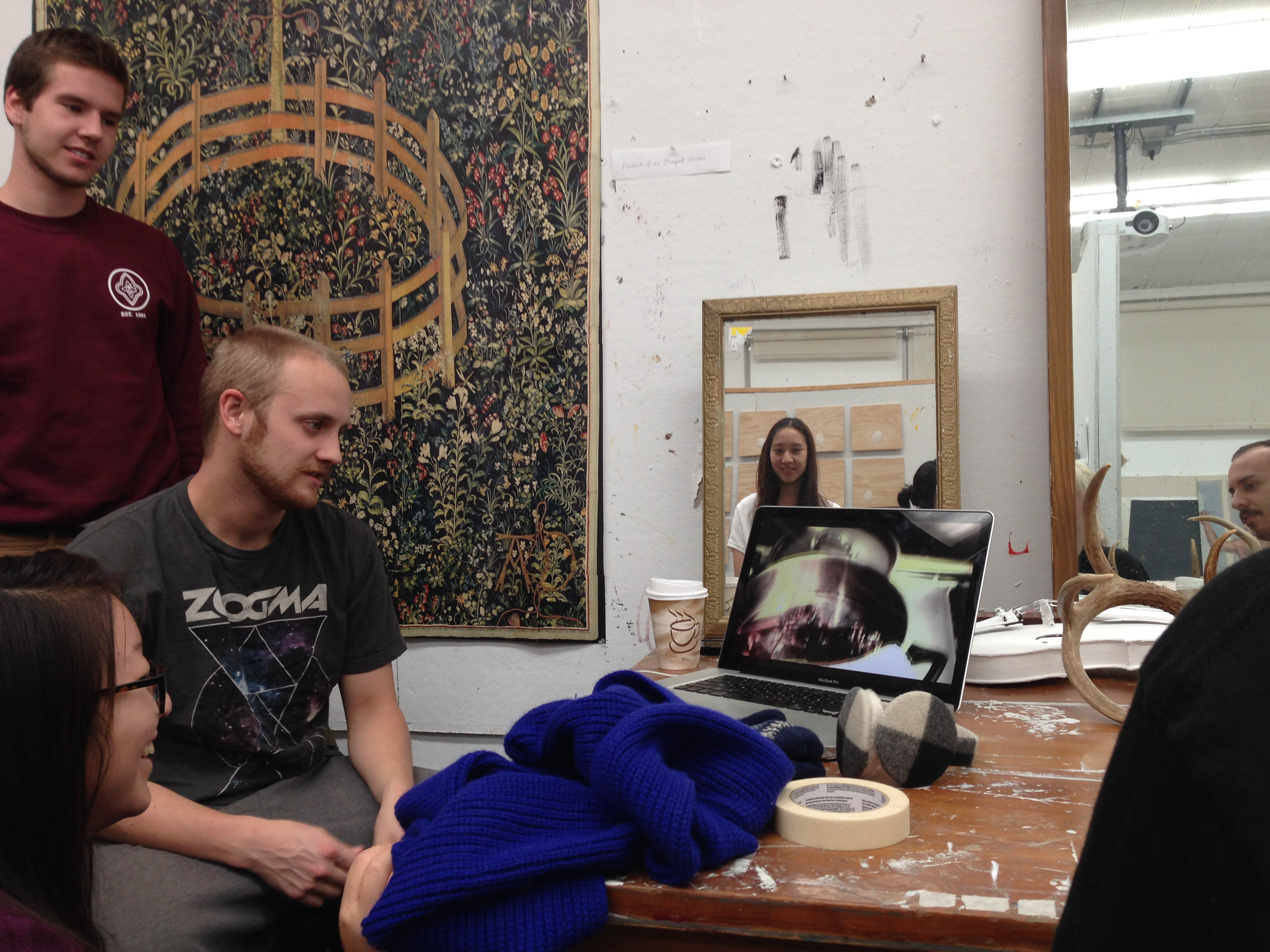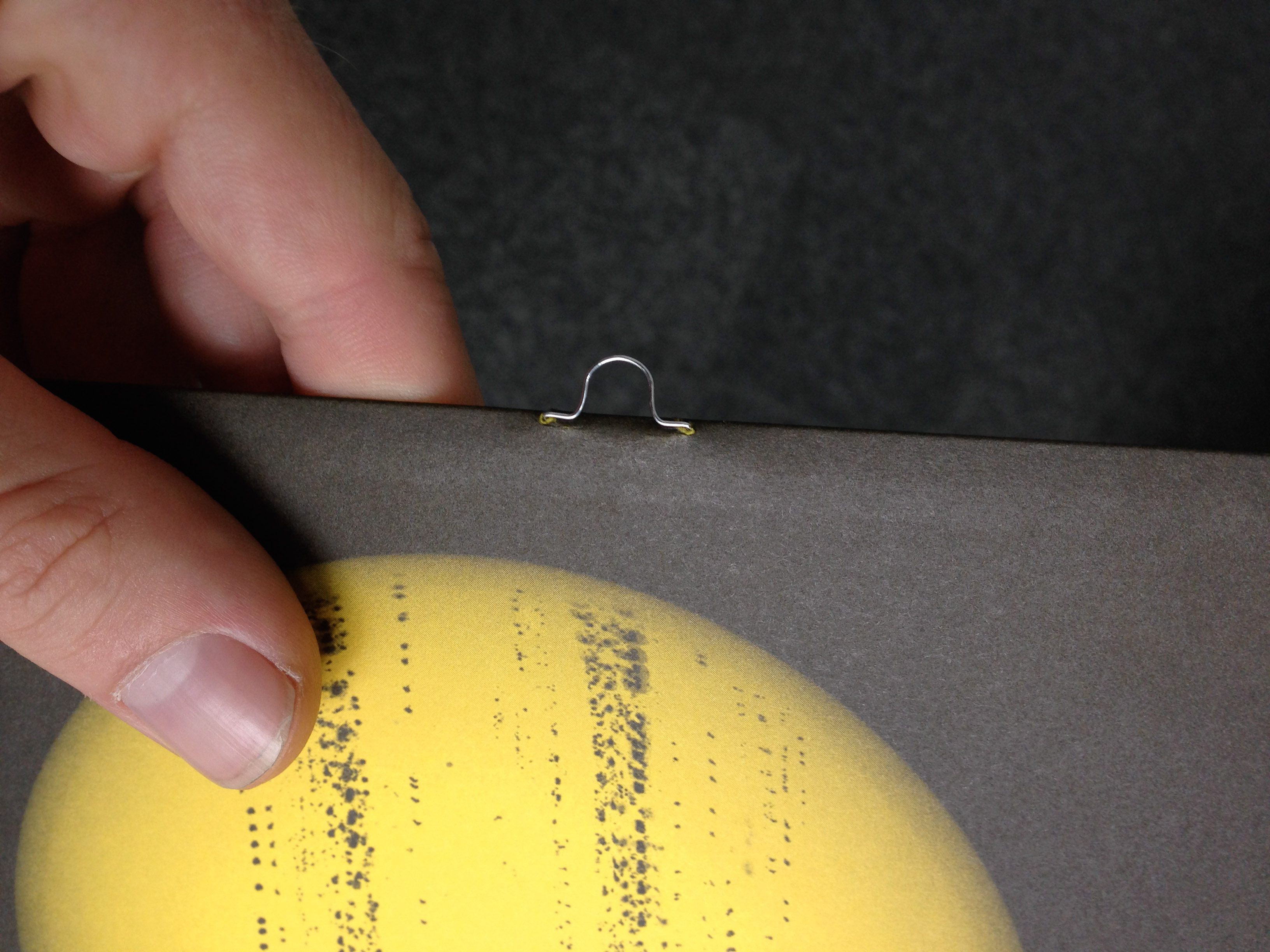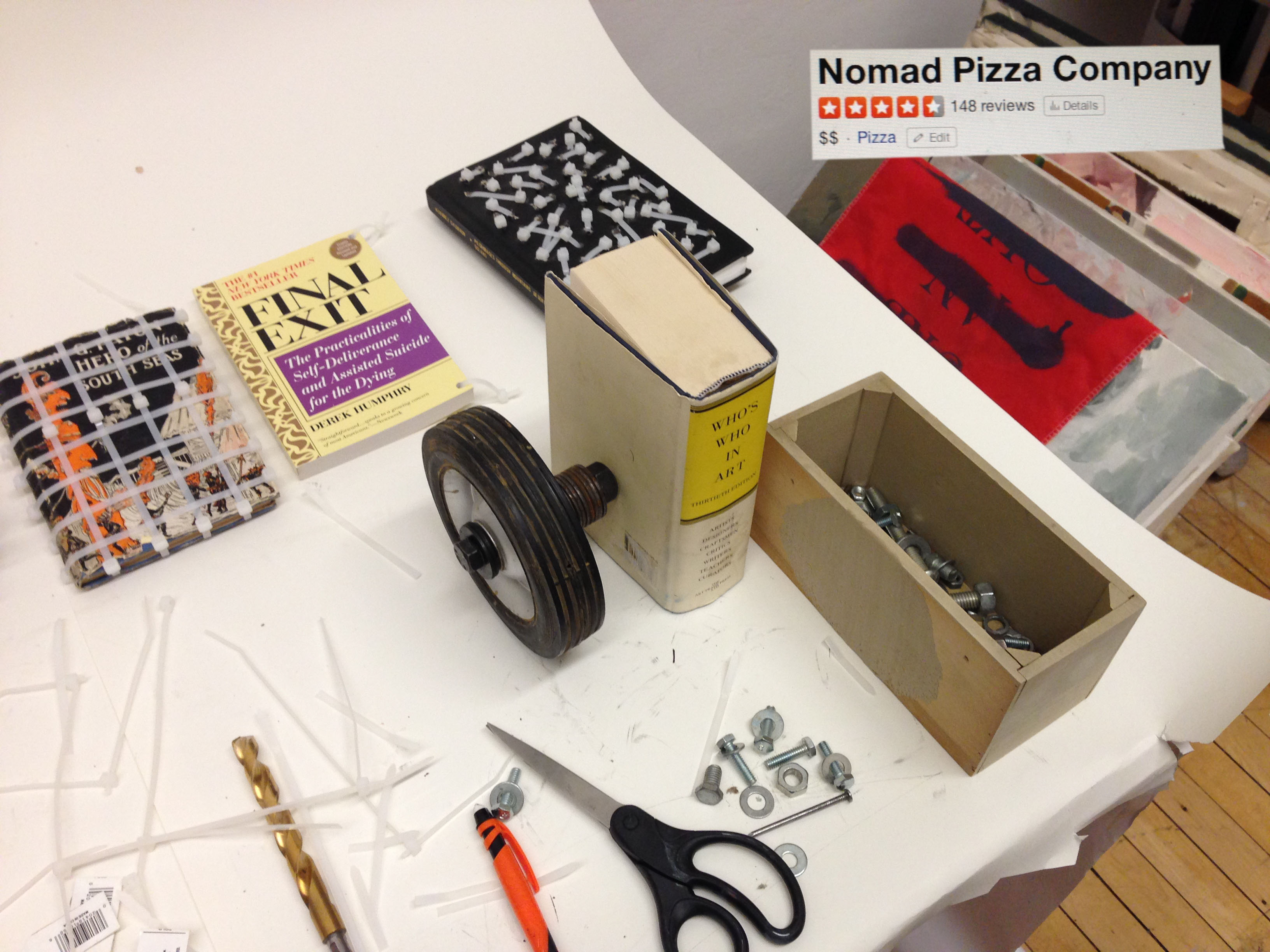Thursday, November 27, 2014
It’s a lie. Everybody’s dependent on somebody. Nobody gave birth to themselves. Everybody gets a language from somewhere else. And so the notion of self-made men, from Henry Clay and Abraham Lincoln-even Frederick Douglass went around the country giving lectures on being self-made. It’s an American lie that anybody’s self-made.
— Cornel West, TIME
Wednesday, November 26, 2014
Commercial use of drones is also largely prohibited in the United States, largely because of the perceived risks of unleashing swarms of them into the skies.
— Nick Wingfield, “Now, Anyone Can Buy a Drone. Heaven Help Us.,” The New York Times
Tuesday, November 25, 2014
You only need to theorize the thing that you’re talking about.
— Lucia
Monday, November 24, 2014
When Noel Coward, whom Paepcke had met casually in the twenties, jocularly inquired of him in the year CCA’s corporate image took form, “What is a container and what does it contain?” Paepcke might have replied, “It is a box designed to be seen. It might contain nothing at all.”
— James Sloan Allen, The Romance of Commerce and Culture
Sunday, November 23, 2014
Here is the irony of the twentieth-century relationship between commerce and culture. By so successfully allying their cultural aspirations with commercial techniques, artists and intellectuals helped unify modern culture, but at the risk of turning art and ideas into commodities, things so readily and casually consumed that they must lose much of their power to criticize life and to change it.
— James Sloan Allen, The Romance of Commerce and Culture
Saturday, November 22, 2014
Pushup!
—
Friday, November 21, 2014
You go Glenn Coco!
— Damian, Mean Girls
Thursday, November 20, 2014
Hasn’t stopped you looking.
— Cutter, The Prestige
Wednesday, November 19, 2014
4.1 Objects absorb only. They never tell (at least intentionally). They are the most faultless of all things.
— Caresse, “The Voyeurism of Objects”
Tuesday, November 18, 2014
Nothing happened, it’s just architects talking.
— Lucia
Monday, November 17, 2014
A mix of compassion and preemptive stabilization.
— Justin
Sunday, November 16, 2014
And although he frequently referred to himself publicly, with the self-depreciation typical of the capitalist among artists and intellectuals, as “only a prosaic box maker,” he rose by means of the Container Corporation to prominence as an exponent of modern design and of cultural reform in the mid-twentieth-century America.
— James Sloan Allen, The Romance of Commerce and Culture
Saturday, November 15, 2014
Can you fit 7?
— Dad to an Uber as a joke that was then taken seriously
Friday, November 14, 2014
The collapse of the architectural object into a field of modulated patterns visible at every scale.
— Reinhold Martin, The Organizational Complex: Architecture, Media, and Corporate Space
Thursday, November 13, 2014
Otto, why didn’t you run?
— Doc Watson, “Otto Wood the Bandit”
Wednesday, November 12, 2014
Art is for itself but can have effects that produce certain changes.
— Edgar Arceneaux
Tuesday, November 11, 2014
Influence assumes power.
— Debora Silverman
Monday, November 10, 2014
The seven sections of the thesis do not obey any rigorous principe of classification, and the similarities between the architectural skins discussed and their natural counterparts are sometimes implied.
— Clara Wong, The Seven Skins of Architecture
Sunday, November 9, 2014
Sardines.
—
Saturday, November 8, 2014
You’re fun.
— Older lady at Interstellar


